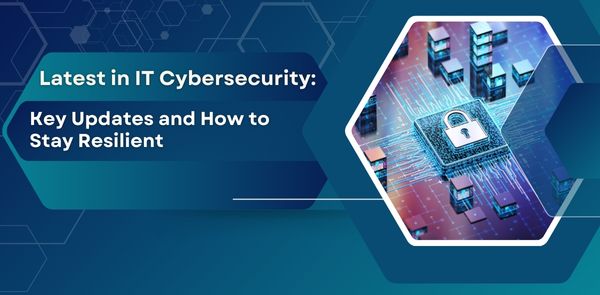
Cybersecurity in 2024 has presented unique challenges, with attacks becoming more sophisticated and threats increasing in frequency and intensity. Let’s explore two significant recent incidents and strategies to protect against these ever-evolving cybersecurity threats.
Recent Cybersecurity News Highlights
- MOVEit Data Breach
One of the most notable cybersecurity incidents of 2024 was the MOVEit data breach, which affected multiple industries and government agencies. Hackers exploited vulnerabilities in the MOVEit Transfer file-sharing software, exposing sensitive data and causing widespread damage. The breach has highlighted the critical need for third-party vendor risk assessments, as this sophisticated exploit blindsided organizations using the software.
- Mitigation Strategies
To prevent similar incidents, organizations should adopt:
– Regular Vendor Risk Assessments: Ensure that all third-party software meets your organization’s security standards with routine reviews of updates and patches.
– Zero Trust Architecture: Implement zero-trust principles to limit network access only to verified users and devices.
– Continuous Monitoring: Use advanced threat detection systems to monitor unusual behavior, particularly in file-sharing applications and data transfer points.
Microsoft Teams Phishing Campaign
Another significant event was a phishing campaign targeting Microsoft Teams users. Attackers sent malicious links through Teams messages, exploiting the trust inherent in the platform. Once clicked, these links led to a fake login page, allowing attackers to harvest user credentials and access sensitive information within organizational networks.
- Mitigation Strategies
To combat such phishing attempts:
– Strengthen MFA (Multi-Factor Authentication): Implement MFA to make unauthorized access harder, even if credentials are compromised.
– Employee Training: Educate employees on recognizing phishing messages, even on trusted platforms like Teams, as attackers increasingly use familiar tools for their exploits.
– Enhanced Endpoint Security: Use endpoint security solutions to detect and block malicious activity, especially across collaboration platforms.
Emerging Cybersecurity Strategies for 2024
- AI-Powered Threat Detection
With attacks growing in sophistication, traditional detection methods are often inadequate. AI and machine learning-driven tools are increasingly vital, providing real-time analysis to identify and respond to threats quickly. By adopting AI-powered solutions, organizations can detect anomalies and respond before breaches occur.
- Data-Centric Security
Data-centric security emphasizes protecting the data itself, regardless of where it is stored or how it’s accessed. This approach includes:
– Encryption and Tokenization: Protect data at rest and in transit through advanced encryption.
– Data Access Control: Restrict access based on user roles and permissions, ensuring only necessary personnel access sensitive information.
Building a Resilient Cybersecurity Infrastructure
- Incident Response Plans
Proactive organizations prepare not only to prevent attacks but also to respond efficiently when incidents occur. Create a detailed incident response plan, with defined roles, communication protocols, and recovery steps to ensure minimal disruption.
- Regular Audits and Penetration Testing
Regular vulnerability assessments and penetration testing help identify and patch security weaknesses before attackers can exploit them.
- Increased Focus on Compliance
In response to rising threats, regulatory requirements are also increasing. Staying compliant with regulations like GDPR, CCPA, and industry-specific guidelines helps prevent legal ramifications and builds trust with clients.
Strengthening Cyber Defenses for the Future
The MOVEit and Microsoft Teams incidents underscore the importance of vigilance and adaptability in the face of a rapidly changing threat landscape. By embracing AI, implementing zero-trust architecture, and continually educating staff on cyber hygiene, organizations can strengthen their defenses against current and emerging threats.
As cybersecurity threats continue to evolve, keeping your infrastructure secure requires staying updated on the latest developments and being proactive in implementing effective security strategies. With resilience and adaptability, businesses can navigate the ever-evolving cybersecurity landscape with confidence.
This blog highlights recent events, practical strategies, and proactive measures that organizations can adopt to strengthen their cybersecurity resilience in 2024.
